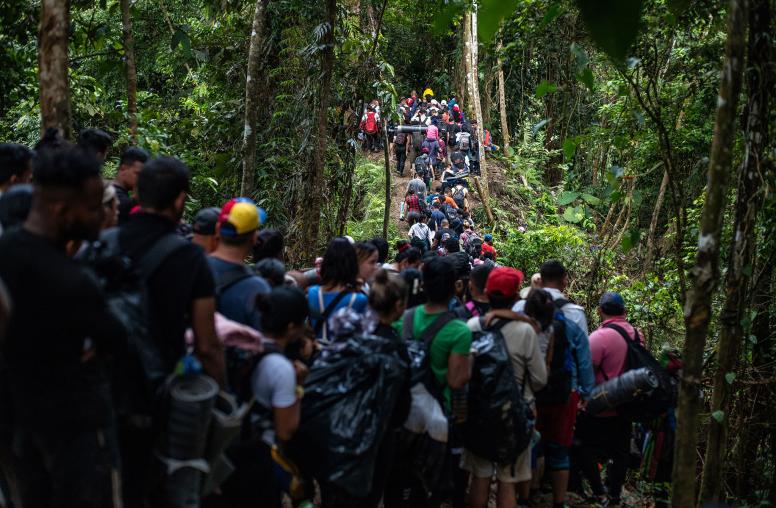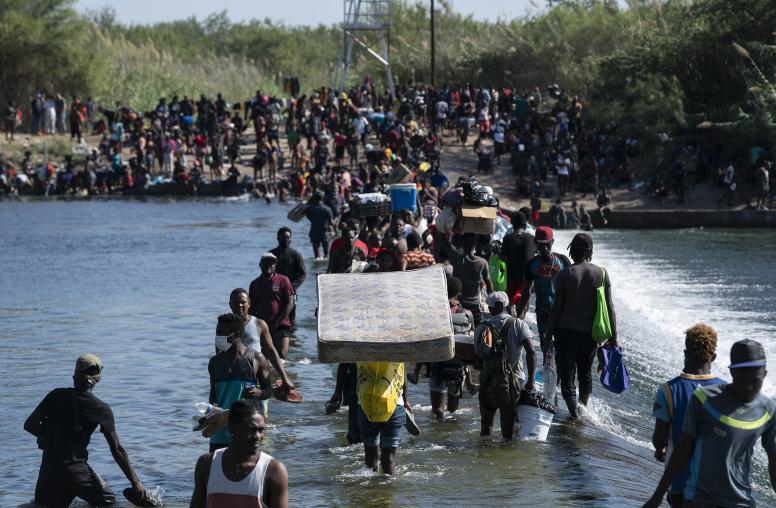Adopting a Movement Mindset to Address the Challenge of Fragility
U.S. Leadership and the Challenge of State Fragility Policy Briefs
The Fragility Study Group is an independent, non-partisan, effort of the Carnegie Endowment for International Peace, the Center for a New American Security and the United States Institute of Peace. The chair report of the study group, U.S. Leadership and the Challenge of State Fragility, was released on September 12. This brief is part of a series authored by scholars from the three institutions that build on the chair report to discuss the implications of fragility on existing U.S. tools, strategic interests and challenges.
Fragile states, which run the gamut from states in the throes of violent conflict, to those where institutions have collapsed and the state is deemed to have failed, to “strong authoritarian” states that rule with an iron fist, are marked by severe trust deficits between citizens and governments, and between different groups in society. In these inherently unstable and conflict-prone contexts, it can be difficult to see how ordinary citizens can organize and mobilize nonviolently to achieve more inclusive and participatory political processes and accountable governance. Yet, local actors and local solutions must drive effective responses to state fragility.
Collective Action and Social Movements in Fragile States
Collective citizen action in places such as Colombia, Liberia, Guatemala, Nigeria, and Afghanistan has played a key role in challenging exclusionary, predatory governance and in advancing peace processes. Collective action refers to action taken by a group of people whose goal is to enhance their status and achieve common objectives. Collective action is often manifested in social movements, which are made up of fluid groupings of different actors, including individuals, organizations, and networks, which share a common identity and use tactics including marches, vigils, boycotts, sit-ins, strikes, monitoring, and other nonviolent methods.1 More than ad hoc, uncoordinated protests, social movements display a degree of politicization and have change-oriented goals. Their methods are extra-institutional and may involve nonviolent confrontation with power-holders to open up new democratic spaces. They have some degree of organization and can draw on a critical mass of supporters. They have at least some strategic continuity over time, even if their specific goals, leaderships, and collective action methods change.2
Maria J. Stephan is a senior policy fellow at the U.S. Institute of Peace.

